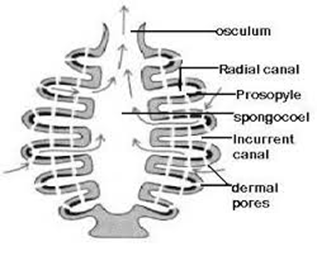Gram Positive , Gram Negative Bacteria With Staining method
Gram-Positive Bacteria & Gram-Negative
Bacteria have a cell wall made up of polysaccharides known as Peptidoglycans which gave them strength and rigidity and this is important since bacteria observe some osmotic pressure due to the variation of different solutions they encounter and their cell wall which prevents the cell from shrinking or swelling. So , on the basis of the cell wall and the pattern of gram staining, bacteria are classified into two categories - Gram-Positive and Gram-Negative.Gram-positive bacteria have double-thick walls which consist of around 30 layers of peptidoglycan and surrounds a single plasma membrane. They do not have an outer cell membrane but have a complex cell wall made up of teichoic acid. For example - Staphylococci.
Related Link - differentiate the gram-positive bacteria from gram-negative bacteria.
Difference Of Gram Positive & Gram Negative -
Methods Of Gram Staining - Gram Staining is one of the important procedure of standing in microbiology identified by Christian Gramin 1853-1938. Through this method, Gram-Positive and gram-negative bacteria can be differentiated by coloring them red or violet.
Steps -





Comments
Post a Comment